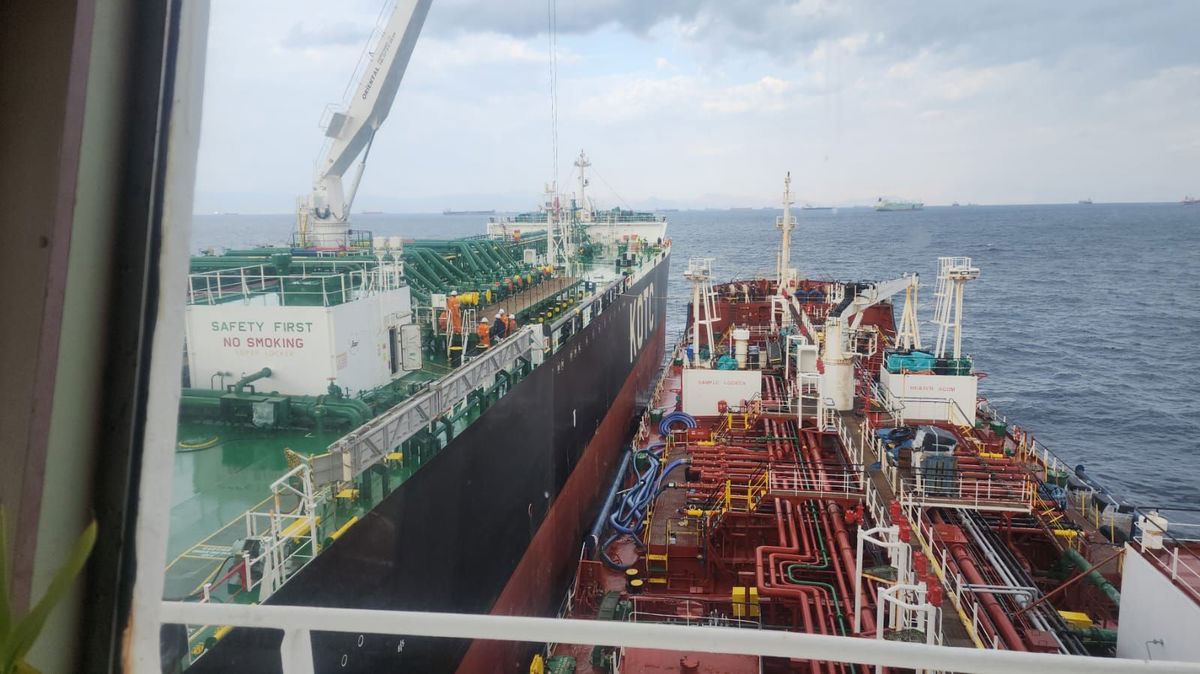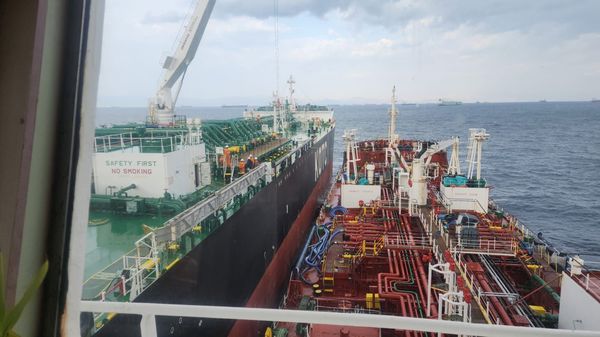FIS Tanker Market Overview: More Russian tankers idle amid the ongoing conflict
Russian tankers were found to idle since late February as more trade participants shunned business with Russian energy firms and related industry.
Sovcomflot, (SCF) one of the global leaders in moving crude oil across the ocean and Russia's largest shipping company were not spared the boycott with an estimated one-third of its dirty tankers laid idle, according to IHS Commodities at Sea Service.
The state-owned shipping company’s fleet of clean products fared worst with almost half or 46% of the clean tankers laid idled without any cargo held over the last 15 days.
As of March 18, 26 of SCF tankers are laden with crude oil with 16 of them being loaded in Russia between December and mid-March, with the breakdown of 11 Aframaxes, 3 MRs and 2 Panamaxes, based on data from IHS Commodities at Sea Service.
Some of these fixtures were believed to cater toward its Asian client bases like India as the country did not join the West to refrain from buying Russian crude products as well as some of the Asian buyers.
So far, only the UK, Australia, Canada and the US have banned or announced phase-outs of Russian oil imports, though more EU countries are likely to follow their lead as well as non-Western nations like Japan who might avoid Russian energy products like natural gas from the Sakhalin-2 LNG project.
Market concerns persist over a wider conflict expanding beyond Ukraine and possible trade sanctions on Russian gas/crude exports.
The rates of VLCCs had improved gradually especially in the Middle East Gulf, despite little fresh demand negotiated last week, according to IHS Markit Commodities at Sea.
However, VLCC shipowners still incurred some loss at negative $700 per day on the TCE, while there was little demand for the large vessels in the Atlantic basin.
Smaller vessels like the Suezmax continued to thrive, as European countries tried to divert their supplies from Russia to either end or diversify their energy dependence from the belligerent country.
Meanwhile, shipowners refuse to take their vessels to the Black Sea for fear of being attacked, though the passage at the Turkish straits remained open for all ships, including vessels carrying the Russian flag.
So far, the tanker rates may benefit from the conflict in short term, but in the long term, escalating conflicts might lead to global oil flows disruption and shipping operations as Russian and Ukrainian seafarers accounted nearly 15% of the world shipping workforce.
Technical view of the tanker market (TD3C):
April Futures – Technically bearish last week. Momentum had warned of potential to test the upside resistance zone between USD 9.3615 – USD 9.8633.
The RSI failed to hold above the support level, resulting in further downside moves in the futures below our support levels. The price is below the 8-21 period EMA and supported by the RSI below 50.
Upside moves that fail at or below USD 9.4601 will remain vulnerable to further tests to the upside. Above this level the futures will have a neutral bias with a potential upside target at the USD 10.4770 high.
Downside moves below USD 7.4860 will target the USD 6.9520 low. The technical is bearish but the stochastic is now in oversold territory, suggesting the downside move could be overextended.
Written by Titus Zheng Shujian and by Edited by Chris Hudson (https://freightinvestorservices.com/fis-live/).





